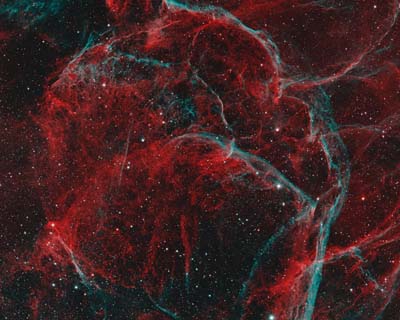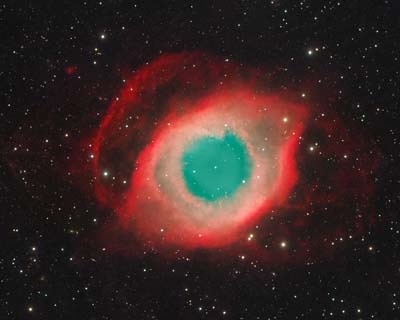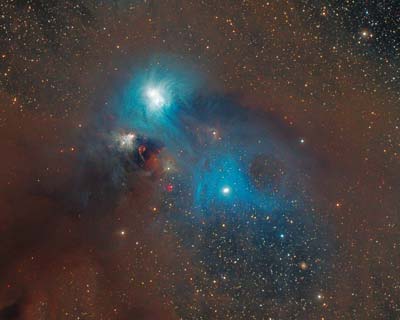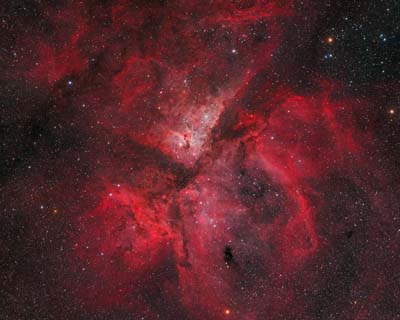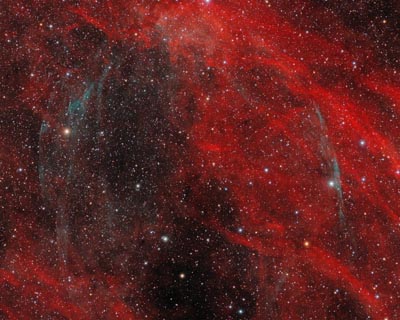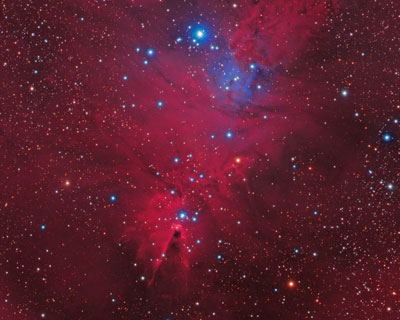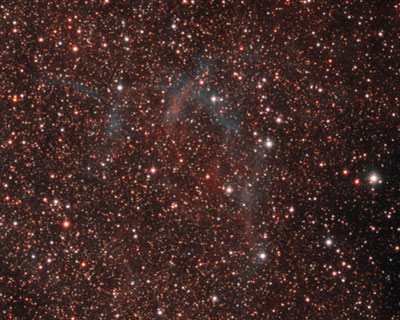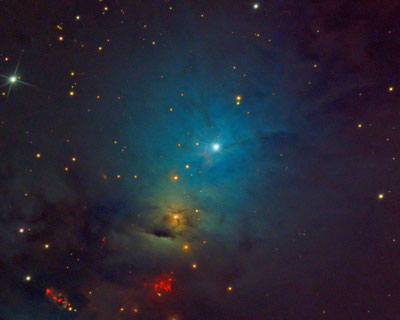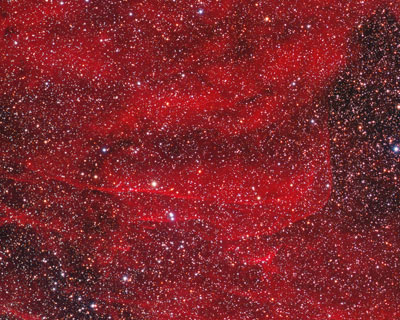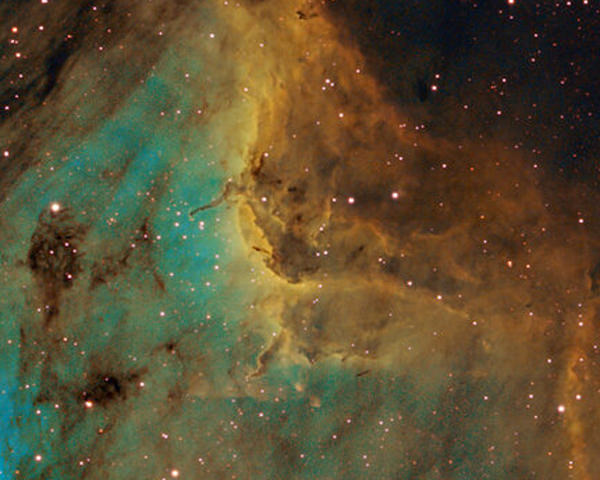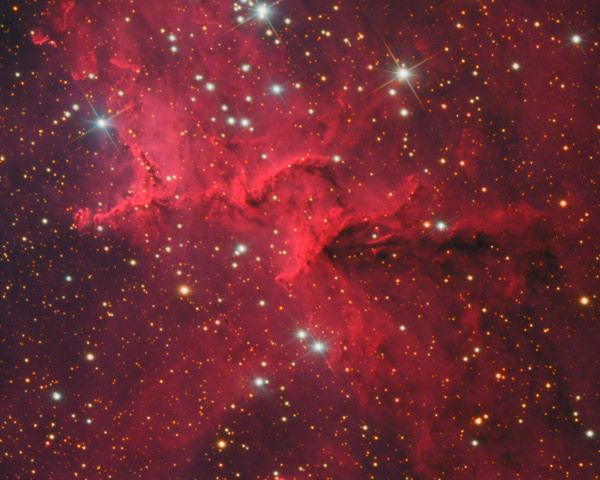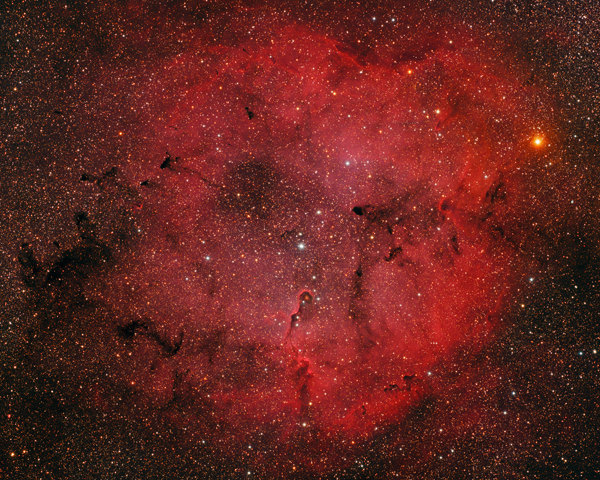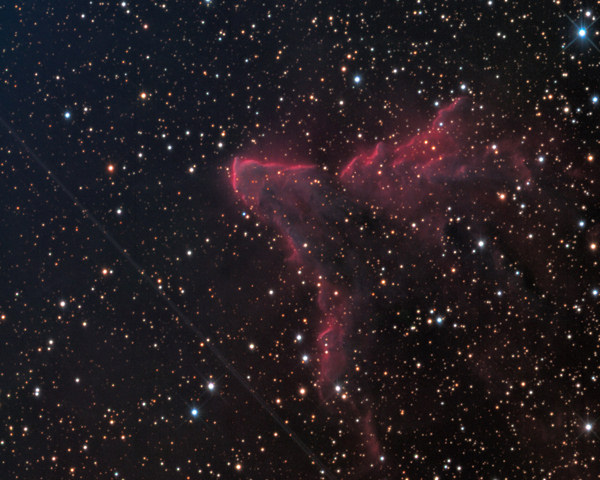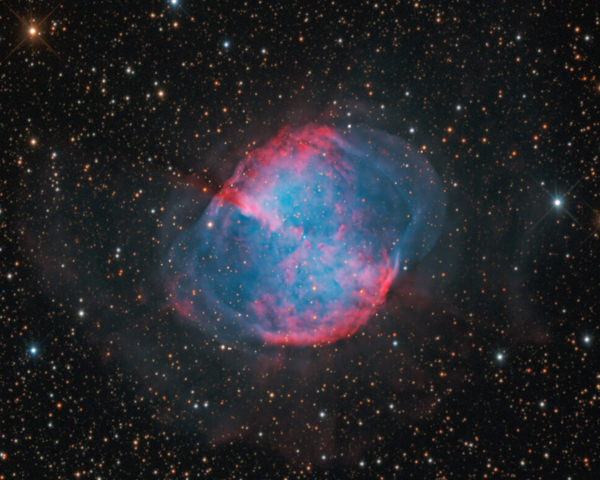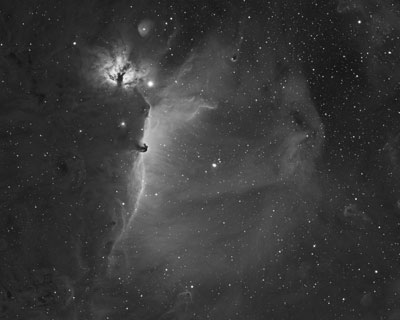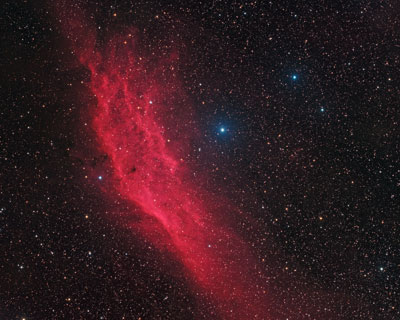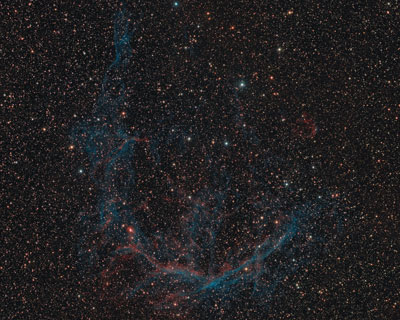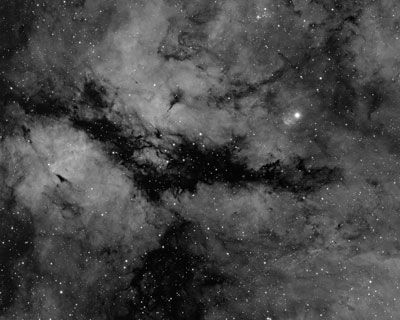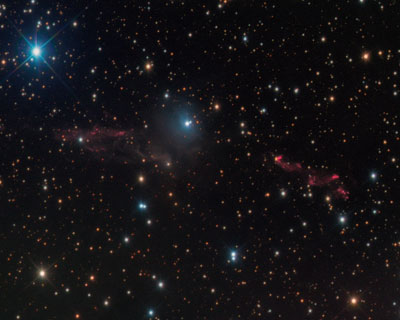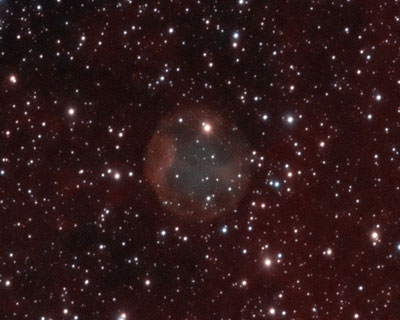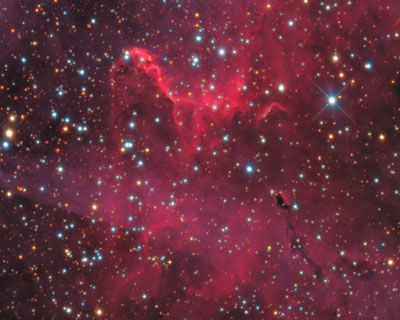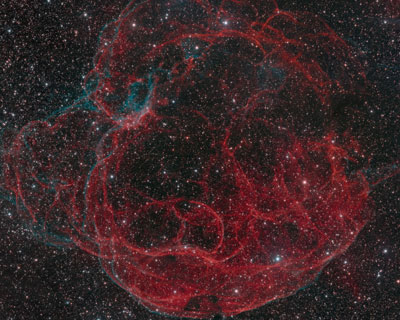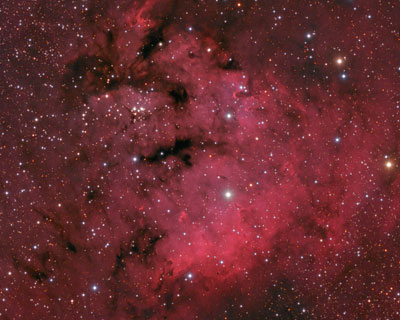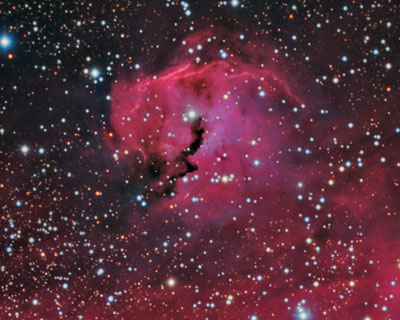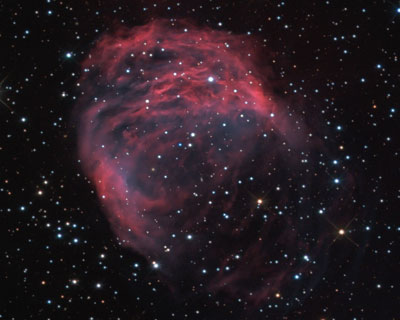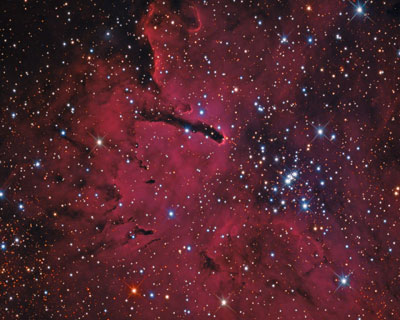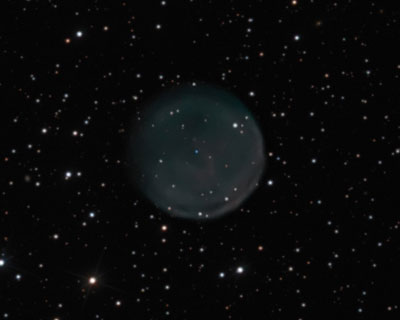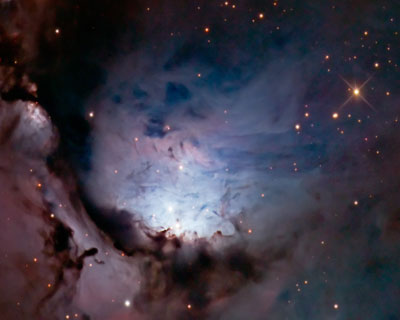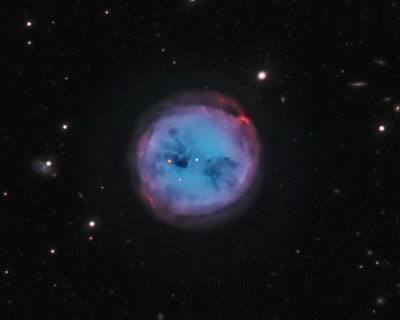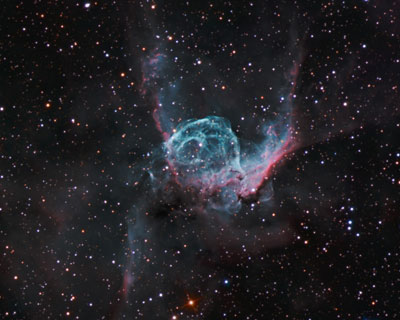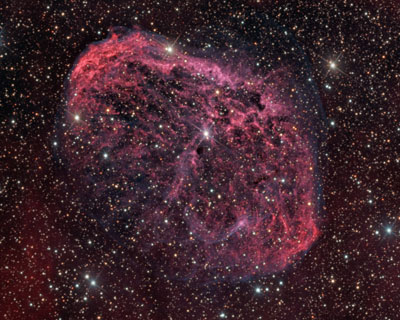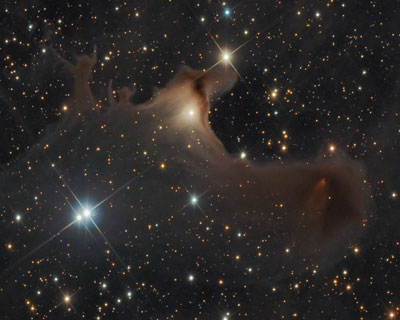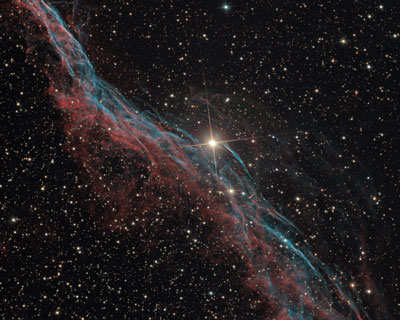Nebulae
In the pre-telescope era the word Nebula was used by observers to describe any “fuzzy” patch present in the night sky that wasn’t sharp like a planet or star. The objects presented in this gallery are “fuzzy”, but nervertheless of different nature.
Emission Nebulae are also known as HII regions and represent bright clouds of fluorescing hydrogen gas engergized by very hot young stars. They mostly shine in a red color, the characteristic emission line of hydrogen. A very nice example is the Rosette Nebula (NGC 2244).
Reflection Nebulae refer to clouds of dust with embeded stars which reflect their light. The Great Orion Nebula (M42) is a classical example of this kind of nebula.
Planetary Nebulae represent the last phase of a stars life. When nuclear power ceases to withstand the gravitity of a sunlike star, it will blow a part of its material into space. A typical example of this flavor of nebulae is the famous Ring Nebula (M57) in Lyra.
[description from Robert Gendler’s primer]

